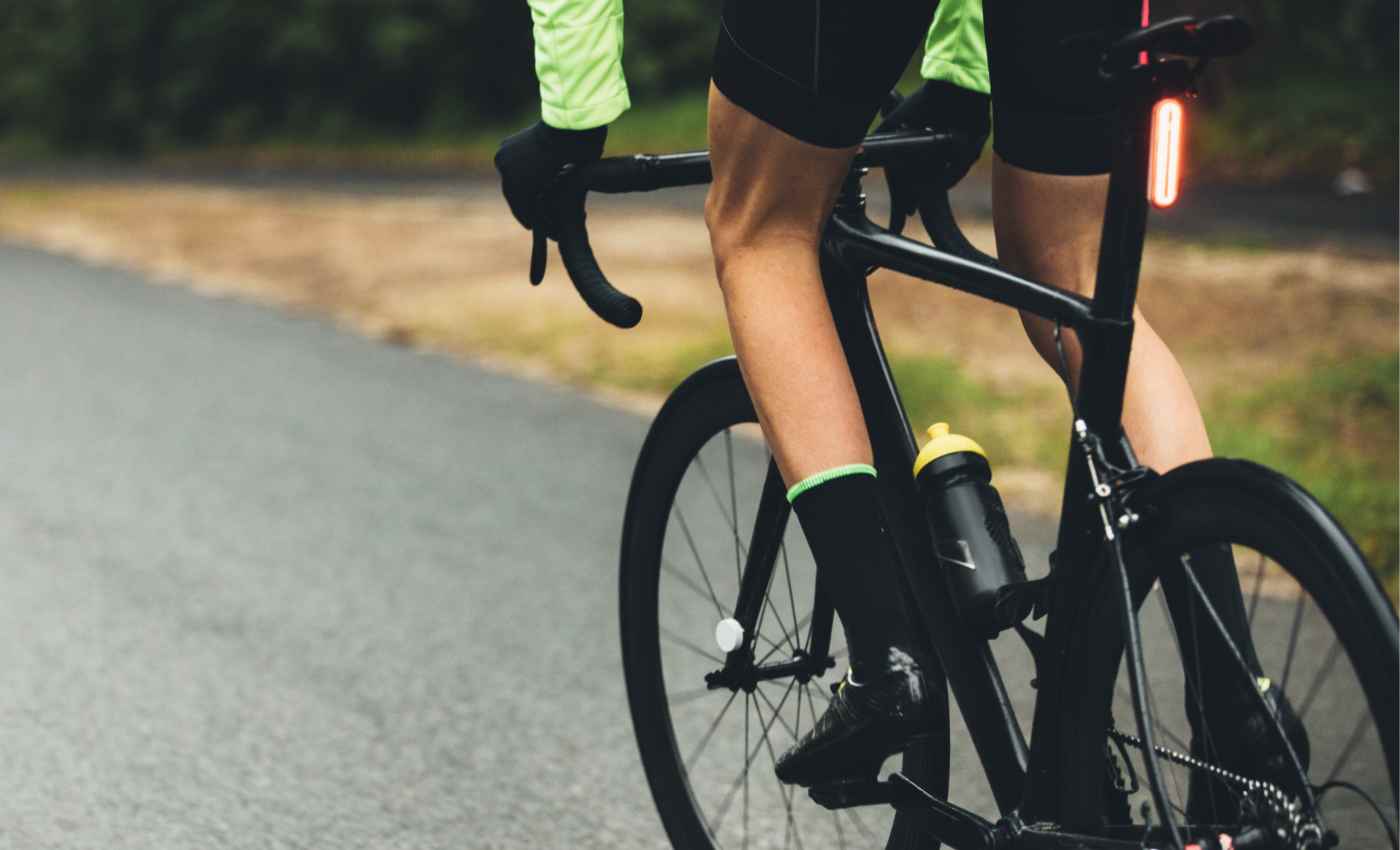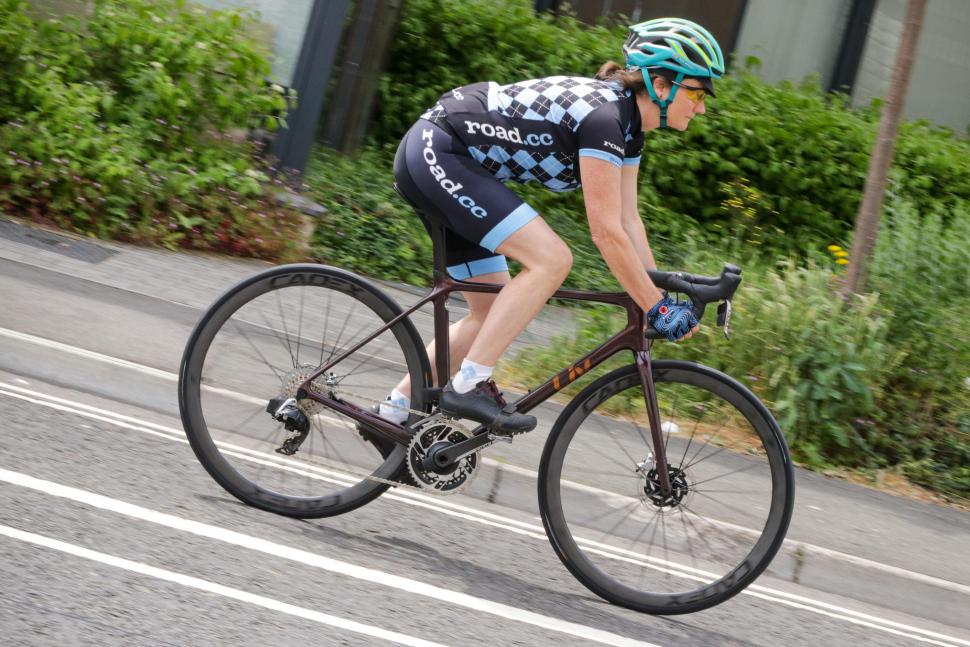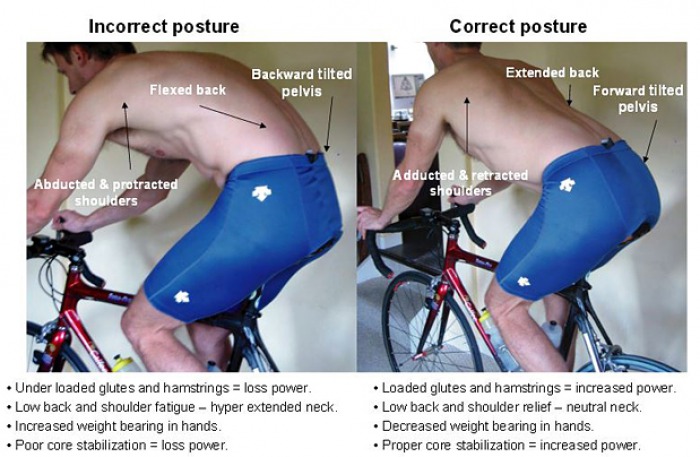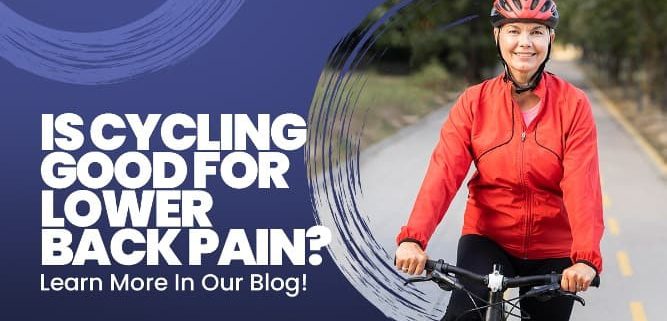Understanding the Causes of Lower Back Pain in Cyclists
Lower back pain is a common complaint among cyclists, affecting up to 60% of riders at some point in their careers. The repetitive motion of pedaling, combined with the forward-leaning position on the bike, can put strain on the lower back muscles, leading to discomfort and pain. Poor bike fit, weak core muscles, and inadequate riding posture are among the most common causes of lower back pain in cyclists.
When a bike is not properly fitted to the rider, it can lead to a range of issues, including lower back pain. A saddle that is too high or too low can cause the rider to overstretch or hunch over, putting strain on the lower back muscles. Similarly, handlebars that are too far away or too close can lead to an unnatural riding position, causing discomfort and pain.
Weaker core muscles can also contribute to lower back pain in cyclists. The core muscles, including the abdominals and back muscles, play a crucial role in supporting the spine and maintaining good posture. When these muscles are weak, it can lead to poor posture and put additional strain on the lower back muscles.
Inadequate riding posture is another common cause of lower back pain in cyclists. When a rider slouches or leans forward too much, it can put strain on the lower back muscles, leading to discomfort and pain. This can be due to a range of factors, including a poorly fitted bike, weak core muscles, or simply a lack of awareness about good riding posture.
Fortunately, there are steps that cyclists can take to alleviate lower back pain. By adjusting the bike fit, strengthening the core muscles, and improving riding posture, cyclists can reduce the strain on their lower back muscles and enjoy a more comfortable ride. Lower back pain can be a significant issue for cyclists, but by understanding the causes and taking proactive steps, riders can minimize the risk of discomfort and maintain a pain-free ride.
How to Adjust Your Bike Fit for a More Comfortable Ride
Adjusting the bike fit is a crucial step in alleviating lower back pain in cyclists. A properly fitted bike can help reduce strain on the lower back muscles, improve riding posture, and enhance overall cycling efficiency. Here are some tips on how to adjust the bike fit to alleviate lower back pain:
First, adjust the saddle height to ensure that your leg is almost fully extended when the pedal is in its lowest position. This will help reduce strain on the lower back muscles and prevent overstretching. Next, adjust the handlebar height to ensure that your back is straight and your shoulders are relaxed. This will help improve riding posture and reduce strain on the lower back muscles.
Another important adjustment is the cleat position. Make sure that the cleats are positioned so that your knees are in line with the pedals and your feet are not too far forward or backward. This will help reduce strain on the lower back muscles and prevent discomfort.
A professional bike fit is also highly recommended. A professional bike fitter can help you adjust the bike fit to your specific needs and riding style. They can also help you identify any underlying issues that may be contributing to lower back pain, such as poor riding posture or weak core muscles.
By adjusting the bike fit and seeking professional help when needed, cyclists can reduce the strain on their lower back muscles and enjoy a more comfortable ride. Remember, a properly fitted bike is essential for preventing lower back pain and maintaining a pain-free ride.
Strengthening Your Core: Exercises to Support Your Lower Back
A strong core is essential for supporting the lower back and reducing discomfort while cycling. The core muscles, including the abdominals and back muscles, play a crucial role in maintaining good posture and reducing strain on the lower back. Here are some exercises that can help strengthen the core muscles and alleviate lower back pain:
Planks are an excellent exercise for strengthening the core muscles. To perform a plank, start in a push-up position with your hands shoulder-width apart and your body in a straight line from head to heels. Hold this position for 30-60 seconds, rest for 30 seconds, and repeat for 3-5 sets.
Bridges are another effective exercise for strengthening the core muscles. To perform a bridge, lie on your back with your knees bent and your feet flat on the ground. Slowly lift your hips up towards the ceiling, squeezing your glutes and lower back muscles as you lift. Hold for 2-3 seconds, then lower back down and repeat for 3-5 sets.
Pelvic tilts are also a great exercise for strengthening the core muscles and improving flexibility in the lower back. To perform a pelvic tilt, lie on your back with your knees bent and your feet flat on the ground. Tilt your pelvis upwards and then back down again, repeating the motion for 10-15 repetitions.
By incorporating these exercises into your regular workout routine, you can help strengthen your core muscles and reduce discomfort in your lower back. Remember to always warm up before exercising and to listen to your body and stop if you experience any pain or discomfort.
Improving Your Riding Posture: Tips for a More Efficient Position
Good riding posture is essential for reducing strain on the lower back and improving overall cycling efficiency. When a cyclist maintains a good riding posture, they can reduce the risk of lower back pain and discomfort. Here are some tips for improving your riding posture:
First, keep your back straight and your shoulders relaxed. This will help reduce strain on the lower back muscles and improve your overall cycling position. To achieve this, make sure your saddle height is correct and your handlebars are at a comfortable height.
Next, engage your core muscles to support your lower back. This can be done by drawing your belly button towards your spine and maintaining a slight arch in your lower back. This will help stabilize your body and reduce strain on your lower back muscles.
Another important aspect of good riding posture is to relax your shoulders and avoid leaning forward too much. When you lean forward, you can put strain on your lower back muscles and reduce your cycling efficiency. Instead, try to maintain a neutral position with your shoulders relaxed and your back straight.
By improving your riding posture, you can reduce the risk of lower back pain and discomfort while cycling. Remember to always prioritize good posture and make adjustments to your bike fit and riding position as needed.
Choosing the Right Gear: Saddles and Shorts for Comfort
Choosing the right gear is essential for a comfortable and pain-free ride. When it comes to saddles and shorts, there are several features to look for that can help alleviate lower back pain and discomfort. Here are some tips for choosing the right gear:
Look for a saddle with a cut-out design, which can help reduce pressure on the perineum and alleviate discomfort. The WTB Rocket saddle is a great option, with its unique cut-out design and comfortable padding. Another great option is the Terry Butterfly saddle, which features a wide, flat surface and a cut-out design.
When it comes to shorts, look for padded shorts with a comfortable fit. The Pearl Izumi Pursuit shorts are a great option, with their padded chamois and comfortable fit. Another great option is the Castelli Aero shorts, which feature a sleek, aerodynamic design and a comfortable fit.
Other features to look for in saddles and shorts include breathable materials, adjustable straps, and a comfortable fit. By choosing the right gear, cyclists can help alleviate lower back pain and discomfort, and enjoy a more comfortable ride.
It’s also important to note that everyone’s body is different, and what works for one person may not work for another. It’s a good idea to try out different saddles and shorts to see what works best for you. Additionally, consider consulting with a professional bike fitter or a doctor to get personalized recommendations for your specific needs.
Stretching and Foam Rolling: Self-Care for Cyclists
Stretching and foam rolling are essential self-care practices for cyclists. These techniques can help alleviate lower back pain and discomfort, improve flexibility, and enhance overall cycling performance. Here are some stretches and foam rolling techniques that can help:
The knee to chest stretch is a great way to stretch the lower back and glutes. To perform this stretch, lie on your back and bring one knee towards your chest. Hold for 30 seconds and then switch sides. This stretch can help alleviate tension in the lower back and improve flexibility.
The piriformis foam roll is another effective technique for alleviating lower back pain. The piriformis muscle runs from the base of the spine to the thighbone, and can become tight and inflamed from cycling. To perform this foam roll, lie on your side with the foam roller under your piriformis muscle. Slowly roll the foam roller back and forth, applying pressure to the muscle. Hold for 30 seconds and then switch sides.
Other stretches and foam rolling techniques that can help alleviate lower back pain include the hamstring stretch, the hip flexor stretch, and the IT band foam roll. These stretches and foam rolling techniques can help improve flexibility, reduce muscle tension, and enhance overall cycling performance.
Self-care is an essential part of maintaining a pain-free ride. By incorporating stretching and foam rolling into your daily routine, you can help alleviate lower back pain and discomfort, and improve your overall cycling experience. Remember to always listen to your body and take regular breaks to stretch and foam roll.
When to Seek Professional Help: Consulting a Doctor or Physical Therapist
If lower back pain persists despite trying the above solutions, it may be time to seek professional help. Consulting a doctor or physical therapist can help diagnose and treat underlying issues that may be contributing to the pain.
A doctor can help determine if there are any underlying medical conditions that may be causing the lower back pain, such as a herniated disc or spinal stenosis. They can also prescribe medication or recommend physical therapy to help alleviate the pain.
A physical therapist can help identify any biomechanical issues that may be contributing to the lower back pain, such as poor posture or muscle imbalances. They can also provide exercises and stretches to help strengthen the core muscles and improve flexibility.
It’s also important to note that if the pain is severe, or if it’s accompanied by numbness, tingling, or weakness in the legs, it’s best to seek medical attention immediately. These symptoms can be indicative of a more serious underlying condition that requires prompt medical attention.
By seeking professional help, cyclists can get to the root of the problem and find a solution that works for them. Remember, lower back pain is not something to be taken lightly, and seeking help is the first step towards finding relief and getting back to a pain-free ride.
Maintaining a Pain-Free Ride: Long-Term Strategies for Success
To maintain a pain-free ride, it’s essential to incorporate long-term strategies into your cycling routine. Regular bike maintenance, consistent training, and ongoing self-care are crucial for preventing lower back pain and discomfort.
Regular bike maintenance is essential for ensuring that your bike is properly fitted and functioning correctly. This includes checking the tire pressure, brake pads, and chain regularly, as well as taking your bike in for regular tune-ups.
Consistent training is also important for maintaining a pain-free ride. This includes incorporating exercises that strengthen the core muscles, such as planks and bridges, into your training routine. It’s also essential to incorporate stretching and foam rolling into your routine to help prevent muscle imbalances and reduce muscle tension.
Ongoing self-care is also crucial for maintaining a pain-free ride. This includes taking regular breaks to stretch and foam roll, as well as incorporating activities that help reduce stress and promote relaxation, such as yoga or meditation.
By incorporating these long-term strategies into your cycling routine, you can help prevent lower back pain and discomfort, and maintain a pain-free ride. Remember, lower back pain is not something to be taken lightly, and taking proactive steps to prevent it is essential for enjoying a comfortable and enjoyable ride.








